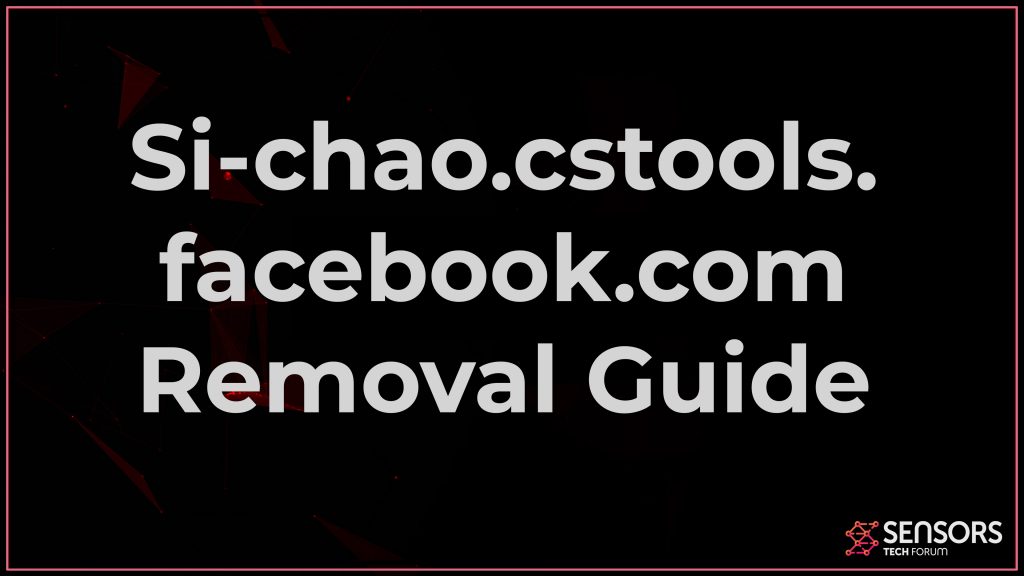What Is Si-chao.cstools.facebook.com
Si-chao.cstools.facebook.com is the name of a dangerous web link that may infect your computer with a virus or may redirect you to a phishing website that may steal your login name and password from Facebook. This web link may end up on your Facebook either by being sent to you from accounts already compromised by it or by posts on Facebook. Clicking on it most likely means that you may currently have a virus on your device.
Read this article to learn how to remove any viruses in case you have clicked the Si-chao.cstools.facebook.com from your computer and secure your devices.

Si-chao.cstools.facebook.com Summary
| Name | Si-chao.cstools.facebook.com |
| Type | Virus URL /Phishing / Trojan / Facebook Virus |
| Short Description | May infect your computer with nasty malware and steal your important information plus infect your computer with malware. |
| Symptoms | Facebook messages or posts that all contain a Si-chao.cstools.facebook.com URL in them. |
| Distribution Method | Bundled downloads. Web pages which may advertise it. |
| Detection Tool |
See If Your Device Has Been Affected by Si-chao.cstools.facebook.com
Download
Malware Removal Tool
|
User Experience | Join Our Forum to Discuss Si-chao.cstools.facebook.com. |
Si-chao.cstools.facebook.com Virus – What Does It Do?
Si-chao.cstools.facebook.com is just another Facebook virus threat. We have seen tons of those on Facebook and they can be very easily spread through spam bots. Other Facebook malware we have detected over time include the Facebook Nike Virus, Itfactly.com Facebook redirect, Facebook Private Video Virus.
What is common between those viruses is each link may lead you to extremely dangerous websites. These forms of sites could cause not one, but several browser redirects and you can end up seeing the following dangerous sites:
- Tech Support scams
- Fake surveys.
- Phishing pages designed to steal your personal details.
- Scam websites or pages.
- Malicious URLs, containing malware.
The most likely consequence as a result of visiting Si-chao.cstools.facebook.com is that it could ask you to login with your Facebook username and password and thus steal them. This is how you may end up compromising your personal information and your Facebook account along with everything in it.
But there are other dangers as well. This nasty web page may also infect your computer with a nasty malware, like a Trojan horse. The consequences of having a Trojan as a result of clicking on links, like Si-chao.cstools.facebook.com is it can perform the following virus actions on your computer:
- Steal files.
- Delete files.
- Take screenshots.
- Record audio.
- Record video from your camera.
- Log the keystrokes you type.
- Download files on your Mac and run them without your permission.
- Shut down your Mac.
- Disable your internet connection, Bluetooth and other connectivity modules.
This is the main reason to consider checking for removing Si-chao.cstools.facebook.com viruses in case you have clicked on the link and securing your Facebook account.

Remove Si-chao.cstools.facebook.com from Facebook and Your Device
Before changing your Facebook passwords and logging-off all logged in devices in your Facebook account, first you should make sure your computer is safe. This is the main reason we advise you use the removal guide below in combination with scanning your PC by utilizing an advanced anti-malware software. Such a professional tool will scan for and identify if any malware has infected your computer as a result of Si-chao.cstools.facebook.com.
Preparation before removing Si-chao.cstools.facebook.com.
Before starting the actual removal process, we recommend that you do the following preparation steps.
- Make sure you have these instructions always open and in front of your eyes.
- Do a backup of all of your files, even if they could be damaged. You should back up your data with a cloud backup solution and insure your files against any type of loss, even from the most severe threats.
- Be patient as this could take a while.
- Scan for Malware
- Fix Registries
- Remove Virus Files
Step 1: Scan for Si-chao.cstools.facebook.com with SpyHunter Anti-Malware Tool
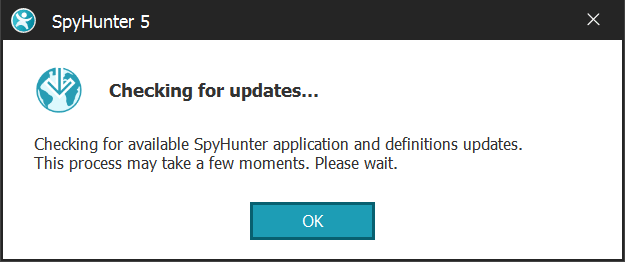

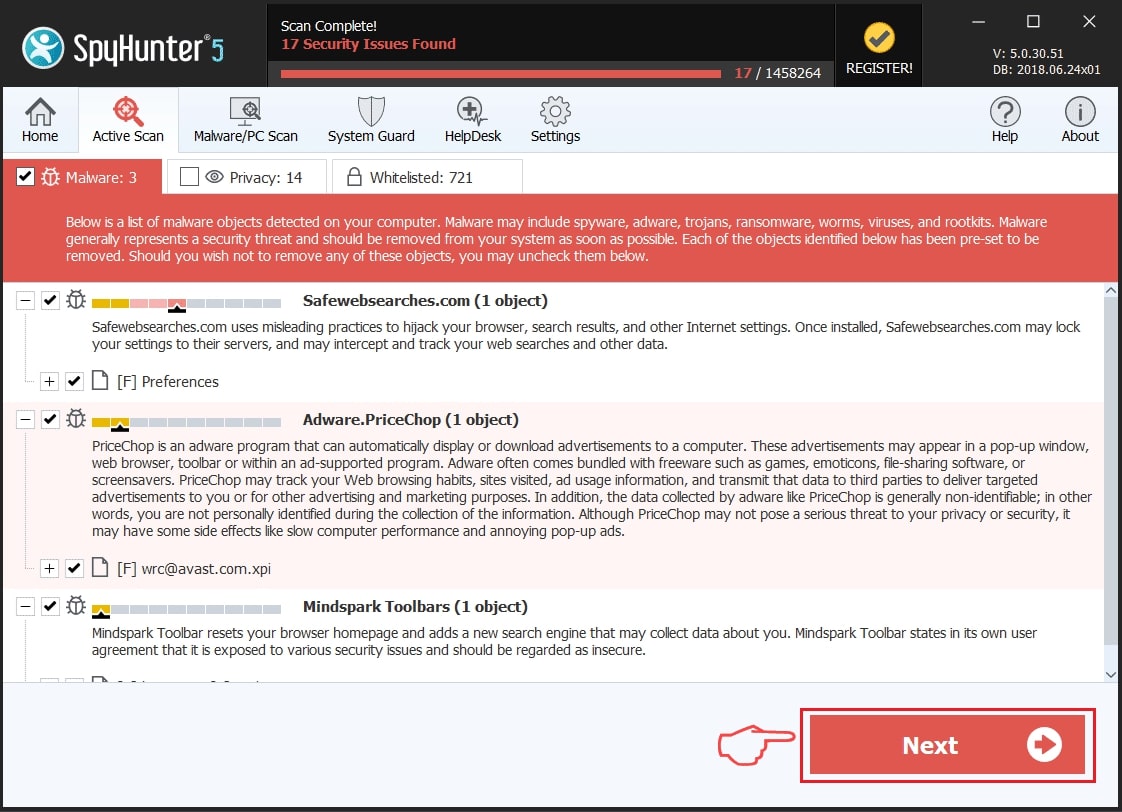
Step 2: Clean any registries, created by Si-chao.cstools.facebook.com on your computer.
The usually targeted registries of Windows machines are the following:
- HKEY_LOCAL_MACHINE\Software\Microsoft\Windows\CurrentVersion\Run
- HKEY_CURRENT_USER\Software\Microsoft\Windows\CurrentVersion\Run
- HKEY_LOCAL_MACHINE\Software\Microsoft\Windows\CurrentVersion\RunOnce
- HKEY_CURRENT_USER\Software\Microsoft\Windows\CurrentVersion\RunOnce
You can access them by opening the Windows registry editor and deleting any values, created by Si-chao.cstools.facebook.com there. This can happen by following the steps underneath:


 Tip: To find a virus-created value, you can right-click on it and click "Modify" to see which file it is set to run. If this is the virus file location, remove the value.
Tip: To find a virus-created value, you can right-click on it and click "Modify" to see which file it is set to run. If this is the virus file location, remove the value.Step 3: Find virus files created by Si-chao.cstools.facebook.com on your PC.
1.For Windows 8, 8.1 and 10.
For Newer Windows Operating Systems
1: On your keyboard press + R and write explorer.exe in the Run text box and then click on the Ok button.
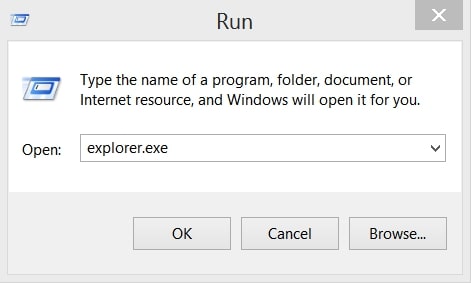
2: Click on your PC from the quick access bar. This is usually an icon with a monitor and its name is either “My Computer”, “My PC” or “This PC” or whatever you have named it.
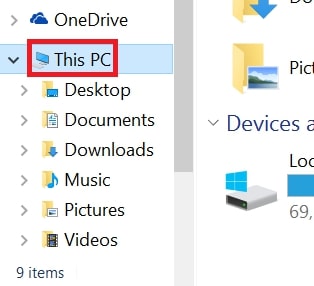
3: Navigate to the search box in the top-right of your PC's screen and type “fileextension:” and after which type the file extension. If you are looking for malicious executables, an example may be "fileextension:exe". After doing that, leave a space and type the file name you believe the malware has created. Here is how it may appear if your file has been found:
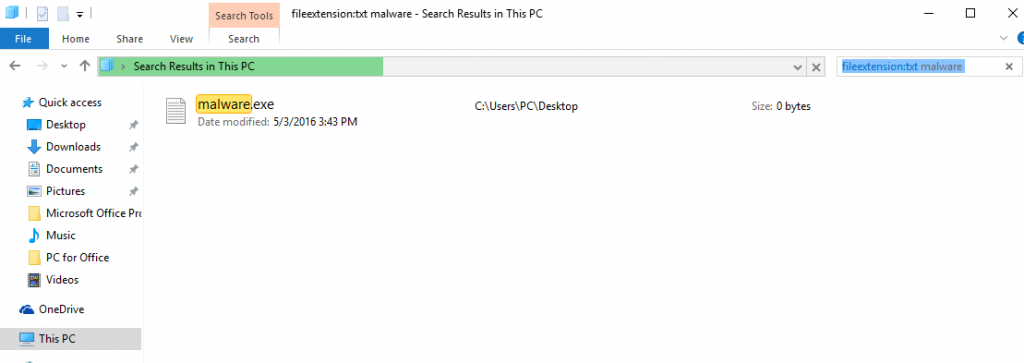
N.B. We recommend to wait for the green loading bar in the navigation box to fill up in case the PC is looking for the file and hasn't found it yet.
2.For Windows XP, Vista, and 7.
For Older Windows Operating Systems
In older Windows OS's the conventional approach should be the effective one:
1: Click on the Start Menu icon (usually on your bottom-left) and then choose the Search preference.
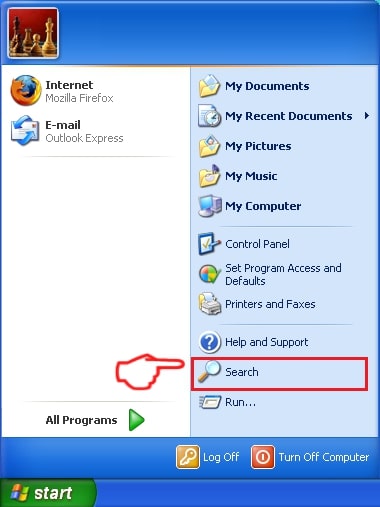
2: After the search window appears, choose More Advanced Options from the search assistant box. Another way is by clicking on All Files and Folders.
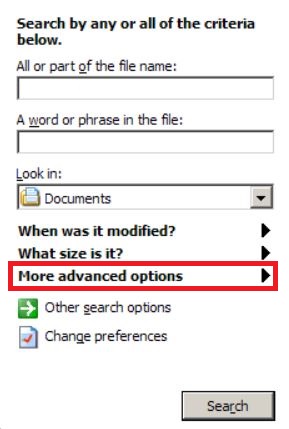
3: After that type the name of the file you are looking for and click on the Search button. This might take some time after which results will appear. If you have found the malicious file, you may copy or open its location by right-clicking on it.
Now you should be able to discover any file on Windows as long as it is on your hard drive and is not concealed via special software.
Si-chao.cstools.facebook.com FAQ
What Does Si-chao.cstools.facebook.com Trojan Do?
The Si-chao.cstools.facebook.com Trojan is a malicious computer program designed to disrupt, damage, or gain unauthorized access to a computer system. It can be used to steal sensitive data, gain control over a system, or launch other malicious activities.
Can Trojans Steal Passwords?
Yes, Trojans, like Si-chao.cstools.facebook.com, can steal passwords. These malicious programs are designed to gain access to a user's computer, spy on victims and steal sensitive information such as banking details and passwords.
Can Si-chao.cstools.facebook.com Trojan Hide Itself?
Yes, it can. A Trojan can use various techniques to mask itself, including rootkits, encryption, and obfuscation, to hide from security scanners and evade detection.
Can a Trojan be Removed by Factory Reset?
Yes, a Trojan can be removed by factory resetting your device. This is because it will restore the device to its original state, eliminating any malicious software that may have been installed. Bear in mind that there are more sophisticated Trojans that leave backdoors and reinfect even after a factory reset.
Can Si-chao.cstools.facebook.com Trojan Infect WiFi?
Yes, it is possible for a Trojan to infect WiFi networks. When a user connects to the infected network, the Trojan can spread to other connected devices and can access sensitive information on the network.
Can Trojans Be Deleted?
Yes, Trojans can be deleted. This is typically done by running a powerful anti-virus or anti-malware program that is designed to detect and remove malicious files. In some cases, manual deletion of the Trojan may also be necessary.
Can Trojans Steal Files?
Yes, Trojans can steal files if they are installed on a computer. This is done by allowing the malware author or user to gain access to the computer and then steal the files stored on it.
Which Anti-Malware Can Remove Trojans?
Anti-malware programs such as SpyHunter are capable of scanning for and removing Trojans from your computer. It is important to keep your anti-malware up to date and regularly scan your system for any malicious software.
Can Trojans Infect USB?
Yes, Trojans can infect USB devices. USB Trojans typically spread through malicious files downloaded from the internet or shared via email, allowing the hacker to gain access to a user's confidential data.
About the Si-chao.cstools.facebook.com Research
The content we publish on SensorsTechForum.com, this Si-chao.cstools.facebook.com how-to removal guide included, is the outcome of extensive research, hard work and our team’s devotion to help you remove the specific trojan problem.
How did we conduct the research on Si-chao.cstools.facebook.com?
Please note that our research is based on an independent investigation. We are in contact with independent security researchers, thanks to which we receive daily updates on the latest malware definitions, including the various types of trojans (backdoor, downloader, infostealer, ransom, etc.)
Furthermore, the research behind the Si-chao.cstools.facebook.com threat is backed with VirusTotal.
To better understand the threat posed by trojans, please refer to the following articles which provide knowledgeable details.


